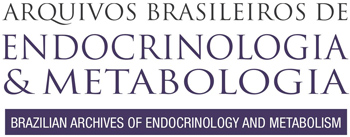Pituitary adenomas, almost invariably adenomas, account for 10% to 15% of all intracranial neoplasms and are incidentally detected in up to 27% of non selected autopsies. They are morphologically classified as microadenomas (diameter < 1cm) or macroadenomas, which can be enclosed, invasive and/or expansive. Functionally, they are classified as secreting adenomas (PRL, GH, ACTH, TSH, LH, and FSH, and those co-secreting two or more hormones), and clinically non secreting or "non functioning" tumors. Diagnosis is based on the hypersecretion phenotype (acromegaly, Cushing, etc), and on mass effect of macroadenomas leading to neurological disturbances, mainly visual complaints and headache. Pituitary tumorigenesis mechanisms include those of primary hypothalamic versus pituitary origin, the latter is supported by evidence of pituitary adenoma monoclonality, as well as the absence of hyperplastic tissue surrounding the surgically removed tumor, and the relative independence of tumor hypothalamic control. Nevertheless, a permissive role of the hypothalamus on tumor progression is also postulated. Several molecular mechanisms involved in pituitary tumorigenesis have been unraveled including oncogenes, tumor suppressor genes and growth factors involved in neoplastic development, and will be described in this review.
Pituitary neoplasms; Pituitary tumorigenesis; Oncogenes; Tumor suppressor genes; Growth factors







